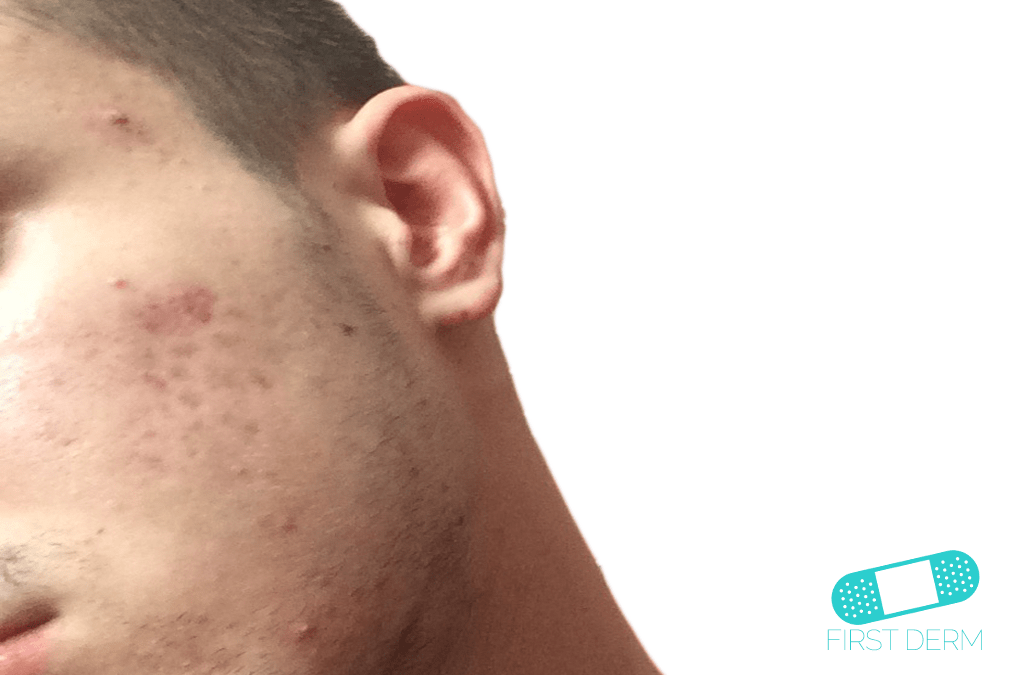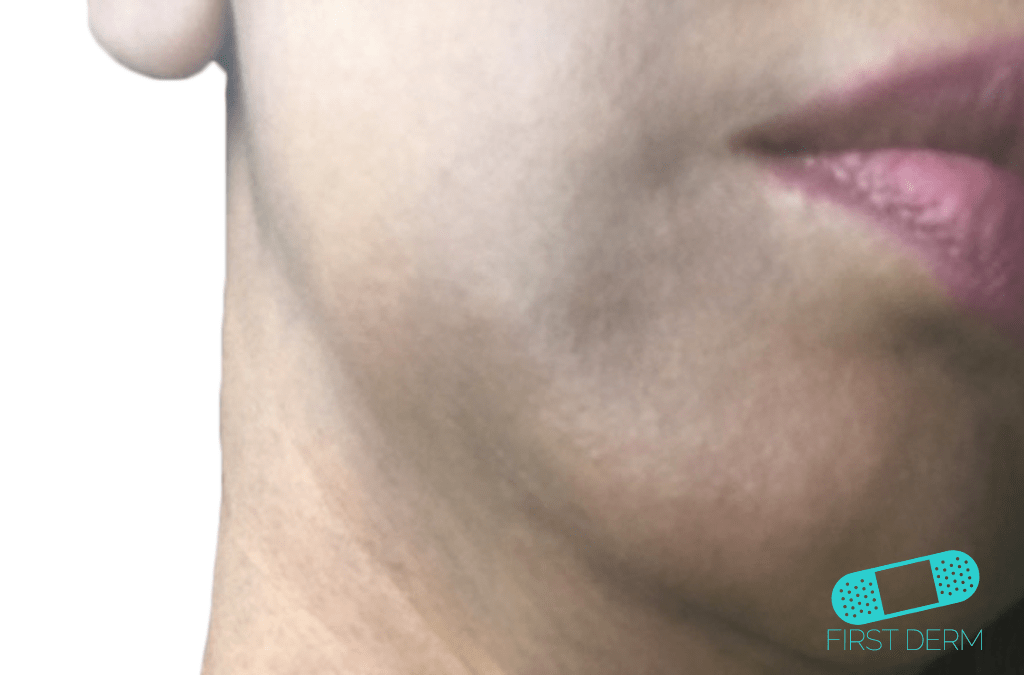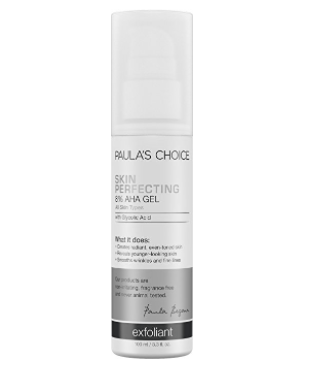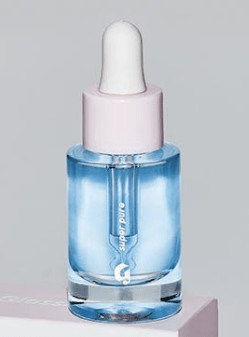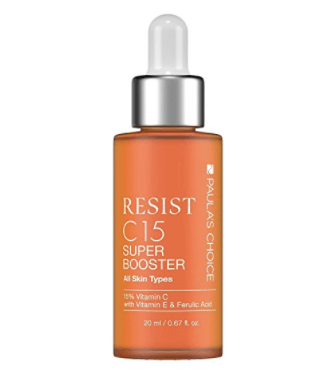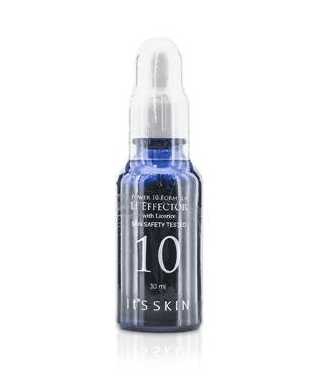Summer Skin Care: Treating Post-Inflammatory Hyperpigmentation
Summer is near, and as we venture outside to enjoy ourselves, it’s crucial to keep the well-being of our skin in mind. The skin is a delicate organ susceptible to damage from the sun. Harmful UV rays contribute to aging, acne, sun spots, hyperpigmentation, and in severe cases, skin cancer. We’re here to ensure that this summer you can savor the heat and the sunshine confidently, freely, and safely.
We all want bright, even, clear skin for summer, but hyperpigmentation always seems to interfere. This condition occurs when there is an excess production of melanin (the pigment that gives your eye, skin, and hair its color) in specific regions of the face and body. There are two types of hyperpigmentation: post-inflammatory erythema (PIE) and post-inflammatory hyperpigmentation (PIH). To make matters simpler, this post will solely focus on PIH, but don’t worry, we’ll cover PIE next Wednesday.
Consult our online dermatologists today and get an answer on your concern within hours.
Differentiating Types of Hyperpigmentation
Post-inflammatory erythema (PIE) is a pinkish/red discoloration caused by damaged capillaries near the surface of the skin. It’s a common amongst those who suffer from acne and amongst lighter-skinned individuals. Here’s an example of PIE:
Post-inflammatory hyperpigmentation (PIH) is a darker red/purple/brown discoloration caused by excess melanin production. Common manifestations are acne scars in darker individuals, melasma (hormonal changes caused by pregnancy, birth control, etc.), sun/age spots, and even freckles.
Here are some examples of PIH to help give you a better understanding:
General hyperpigmentation caused by overproduction of melanin in near the mouth and chin.
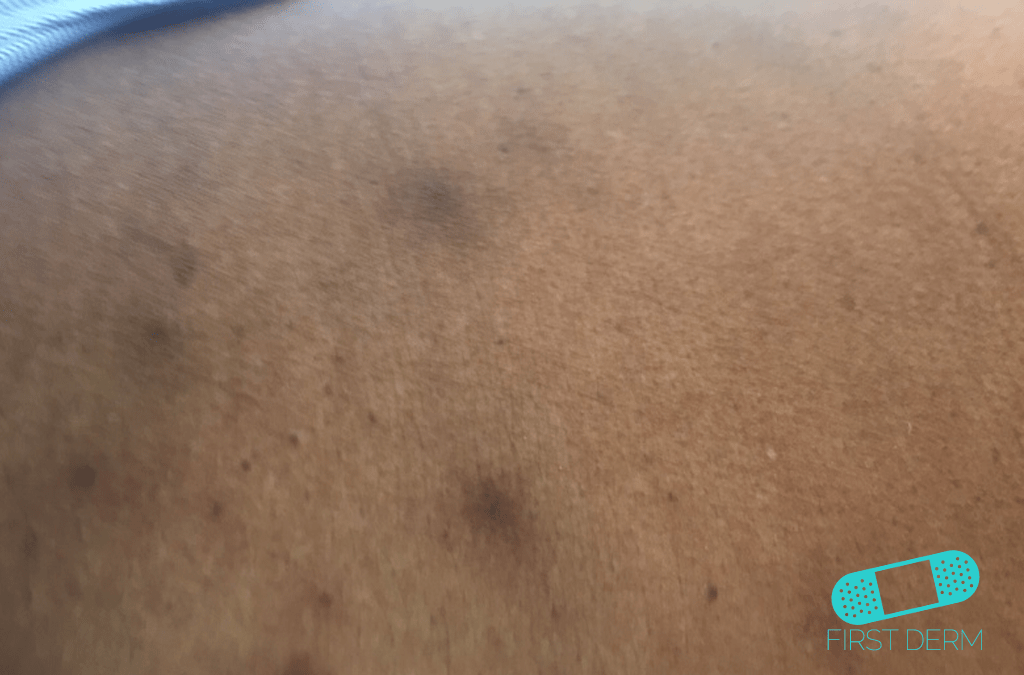
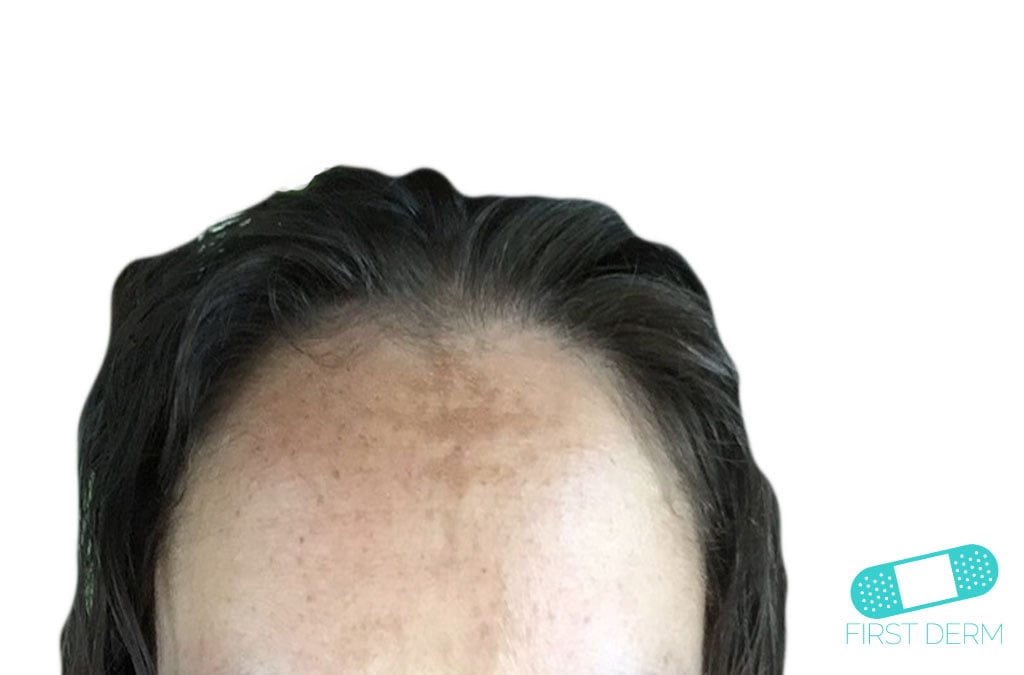
Consult an online dermatologist today and get an answer on your skin concern within hours.
Treatment for Post-Inflammatory Hyperpigmentation (PIH)
Even with no treatment, PIH will fade away on its own. The discoloration rooted within the skin will eventually rise to the surface and shed (just like all skin cells). However, this process can take anywhere between 3-24 months. Rather than waiting anxiously to let nature run its course, you can speed up the process all while combatting other skin issues.
To treat PIH, you essentially want to increase the skin cell turnover process and inhibit melanin production by halting the production of the enzyme tyrosinase.
- Chemical Exfoliator
Physical exfoliation is a method of removing dead skin cells, but it can be quite abrasive and harsh to the skin.That is why many recommend chemical exfoliators. Chemical exfoliators borrow ingredients found in chemical peels, but in much smaller quantities so that it’s healthy enough to use at home two or three times a week.
An effective type of chemical exfoliator according to International Journal of Cosmetic Science are Alpha Hydroxy Acids (AHA). In addition to combatting hyperpigmentation, AHAs can also be used to treat sun damage. Products with glycolic acids, lactic acids, and ascorbic acids contain AHA and can help dark spots fade faster.
- Retinoids
Retinoids contain brightening and antiaging properties that can be used to target sunspots and sun damage. Retinoids have been known to irritate the skin at first, but with patience they are often proven to be quite effective, as confirmed by Clinical Interventions in Aging.
- Vitamins
Vitamin B3 is another effective treatment for hyperpigmentation , because it’s frequently found in niacinamide, which suppresses tyrosine production. Bonus: Niacinamide , also aids with anti aging, moisturizes the skin, and regulates oil production.
You can also apply Vitamin C the skin to treat sun spots and reverse sun damage all while brightening the skin.
Tretinoin combines Vitamin A and Vitamin C, which stimulates cell production and treats melasma. According to Indian Dermatology Online Journal, it is most effective when the concentration is between 3%-20%; therefore, it is recommended to ask a dermatologist to determine what that percentage may be for you!
- Hydroquinone
A very controversial ingredient used to treat PIH is hydroquinone. Hydroquinone is lightens pigmentation in your skin by interrupting the production of melanin. While it may work for some individuals, it’s important to consult a dermatologist to see if it is the right treatment for you.
- Natural treatment
For those who prefer more natural ingredients, bearberry extracts and liquorice root extracts can also help combat PIH. Bearberry extracts inhibits melanin production by converting into hydroquinone within the skin, while liquorice root extracts help brighten the skin while suppressing melanin production.
Lastly, it is absolutely essential to wear sunscreen daily and especially when using ingredients listed above like AHAs, Retinoids, Tretinoin, as these ingredients make the skin more sensitive. Rain or shine, to prevent the worsening of PIH dermatologists swear by sunscreen!
Try our FREE dermatology search engine and get peace of mind within a second.
Specific Products
Now that we’ve outlined the main ingredients to treat hyperpigmentation, here are some examples of products commonly used to treat PIH!
Paula’s Choice SKIN PERFECTING 8% AHA Gel Exfoliant contains Glycolic Acid, Chamomile, and Green Tea and is a chemical exfoliant gentle enough to be twice a day.
Glossier’s Super Pure serum contains Niacinamide and illuminates the skin. Just a couple drops a day goes a long way.
Glo-Minerals Therapeutics Tretinol 0.5%.serum contains Niacinamide and illuminates the skin. Just a couple drops a day goes a long way.
Paula’s Choice RESIST C15 Super Booster contains 15% of Vitamin C and evens out the skin tone.
It’s Skin Power 10 Formula LI Effector with Licorice 30ml contains liquorice root extract that curbs melanin production.
If you need further help or specific recommendations, download our app to ask one of our board-certified dermatologists directly about what will work best for you!
Ask a Dermatologist
Anonymous, fast and secure!

The Specialist doctor from the University Hospital in Gothenburg, alumnus UC Berkeley. My doctoral dissertation is about Digital Health and I have published 5 scientific articles in teledermatology and artificial intelligence and others.

